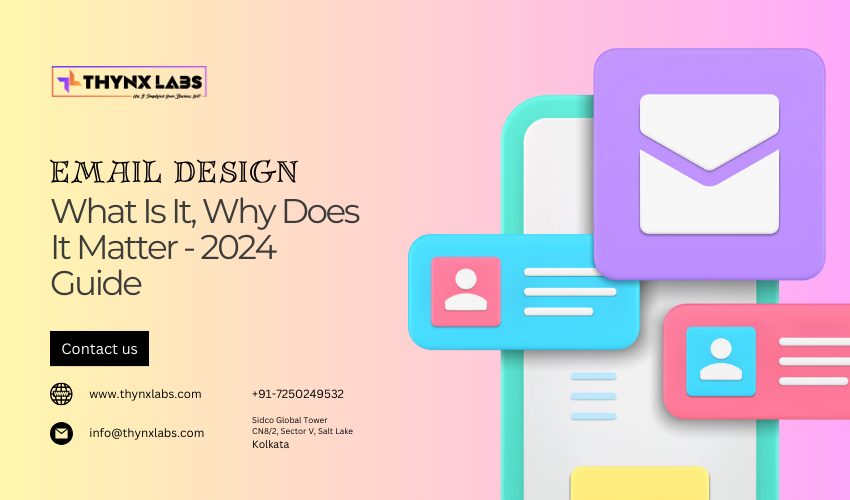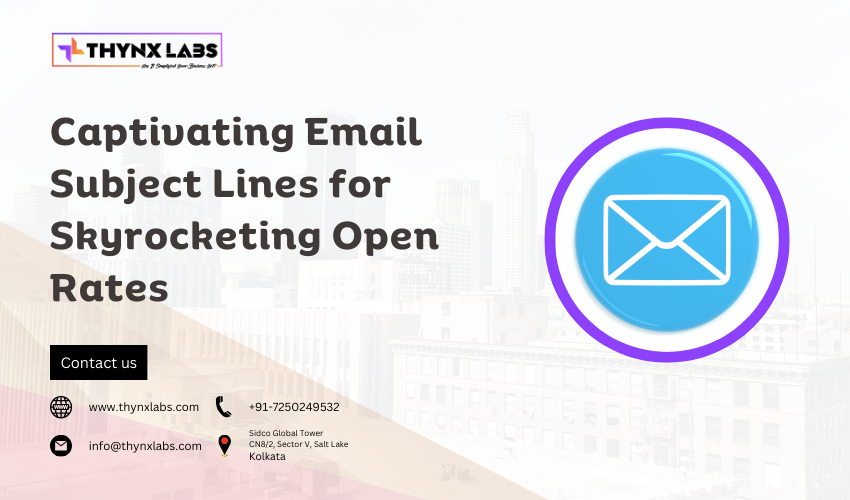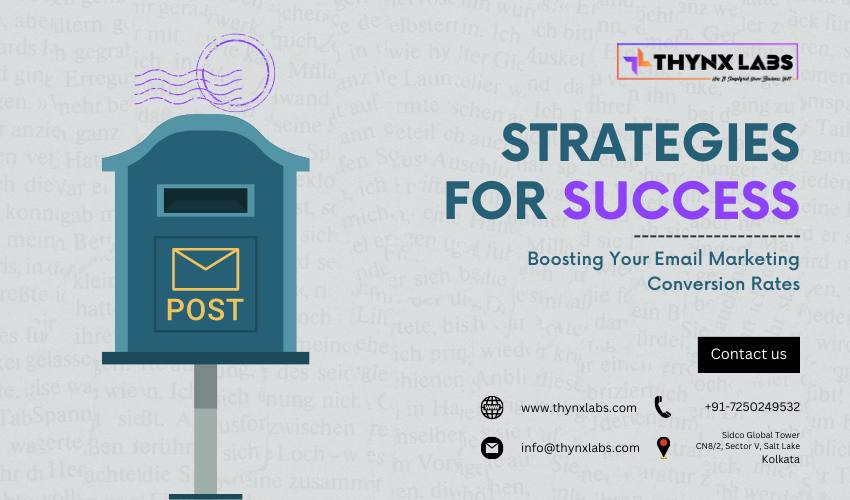Email Marketing for E-Commerce Businesses
Email Marketing for E-Commerce Businesses: Driving Sales and Building Customer Relationships
In the ever-evolving world of e-commerce, staying connected with your audience and building lasting relationships with customers is essential for success. Email marketing has proven to be a powerful and cost-effective strategy for e-commerce businesses to achieve these goals and drive sales. This article delves into the significance of email marketing for e-commerce businesses and explores the key practices that can help boost engagement and conversions.
Why Email Marketing Matters for E-Commerce
1. Personalized Communication:
Email marketing allows e-commerce businesses to deliver personalized content, product recommendations, and exclusive offers tailored to each recipient's preferences and purchase history.
2. Nurturing Customer Relationships:
Sending relevant and valuable content through email helps businesses build trust and loyalty with their customers, fostering long-term relationships.
3. Retargeting and Abandoned Cart Recovery:
Email marketing enables e-commerce businesses to retarget website visitors who showed interest in products but did not complete their purchases. Abandoned cart recovery emails, offering incentives to complete the purchase, can significantly improve conversion rates.
4. Promotional Campaigns and Sales:
Emails are an excellent medium for announcing promotions, discounts, and special sales events, encouraging customers to make purchases.
5. Customer Feedback and Reviews:
Through email surveys and review requests, e-commerce businesses can gather valuable feedback from customers and increase the number of product reviews, which boosts social proof and credibility.
Best Practices for Email Marketing in E-Commerce
1. Segmentation:
Divide your email list into relevant segments based on demographics, purchase behavior, and interests. This allows you to send targeted and personalized emails that resonate with each segment.
2. Eye-Catching Design:
Use visually appealing designs that reflect your brand's identity and are optimized for both desktop and mobile devices. Clear and compelling call-to-action buttons are crucial for driving clicks and conversions.
3. Compelling Content:
Create engaging and valuable content that goes beyond promotional messages. Share informative articles, how-to guides, and tips that resonate with your audience.
4. Abandoned Cart Recovery:
Implement automated abandoned cart recovery emails that remind customers of their unpurchased items and offer incentives like discounts or free shipping to encourage them to complete their purchases.
5. Product Recommendations:
Leverage customer data to provide personalized product recommendations that align with each customer's interests and past purchases.
6. Customer Feedback Surveys:
Gather feedback from customers through well-designed surveys. Use this feedback to improve products, services, and customer experiences.
7. A/B Testing:
Conduct A/B testing to optimize email subject lines, content, and call-to-action buttons to identify what resonates best with your audience.
8. Responsive Email Design:
Ensure that your emails are responsive, adjusting their layout and appearance to fit different screen sizes, including smartphones and tablets.
Building and Growing Your Email List
To make the most of email marketing, focus on growing your email list continuously. Consider the following strategies:
1. Pop-Up Forms:
Use pop-up forms on your website to encourage visitors to subscribe to your email list. Offer a discount or an incentive as a welcome gesture.
2. Content Upgrades:
Offer valuable content upgrades, such as exclusive e-books or guides, in exchange for visitors' email addresses.
3. Social Media Promotion:
Promote your email newsletter on social media platforms to attract followers and subscribers.
4. Referral Programs:
Implement referral programs that reward current subscribers for referring new ones to your email list.
5. Contests and Giveaways:
Organize contests or giveaways that require participants to provide their email addresses for entry.
Conclusion
Email marketing continues to be a pivotal tool for e-commerce businesses to connect with their audience, drive sales, and cultivate long-lasting customer relationships. Through personalized communication, abandoned cart recovery, engaging content, and customer feedback, email marketing can significantly impact an e-commerce business's growth and success. By adopting best practices, optimizing email campaigns, and continuously growing their email list, e-commerce businesses can harness the power of email marketing to thrive in the competitive digital landscape.
FAQs (Frequently Asked Questions)
Q1: How often should I send marketing emails to my subscribers?
A: The frequency of marketing emails depends on your business and audience. A good starting point is 1-2 emails per week, but be mindful not to overwhelm your subscribers.
Q2: Is it essential to use automated emails for abandoned cart recovery?
A: Automated emails for abandoned cart recovery are highly effective as they allow for timely follow-ups with potential customers who showed interest in your products.
Q3: Can email marketing help me with customer retention?
A: Yes, email marketing is an excellent tool for customer retention. Engaging and personalized content can keep customers coming back for more.
Q4: What type of email content performs best for e-commerce businesses?
A: A mix of content, including product recommendations, informative articles, and promotions, performs well for e-commerce businesses.
Q5: How can I measure the success of my email marketing campaigns?
A: Measure the success of your email marketing campaigns by tracking key performance indicators (KPIs) such as open rates, click-through rates, conversion rates, and overall revenue generated from email campaigns.


